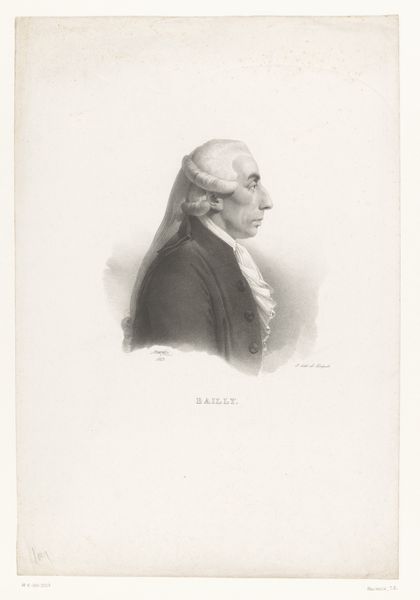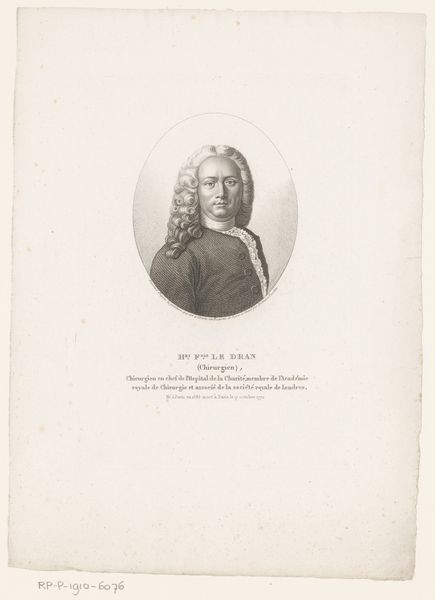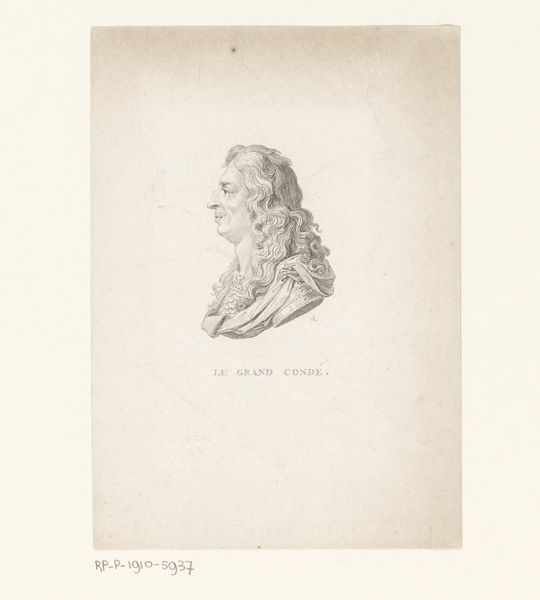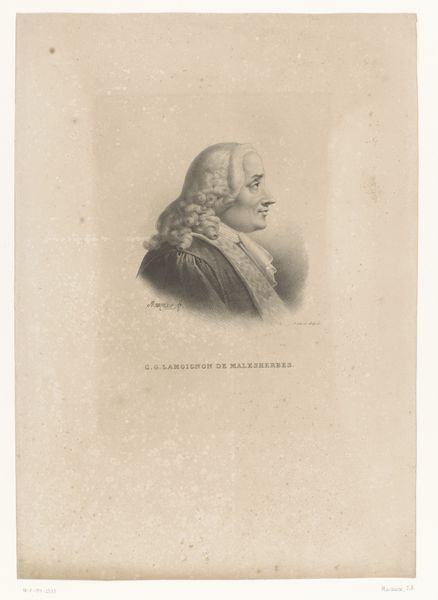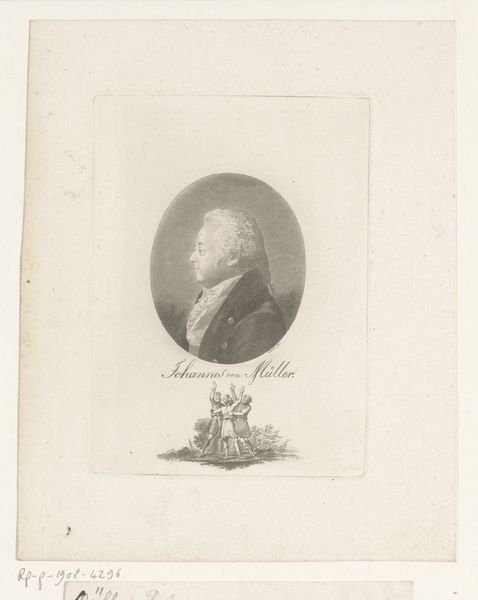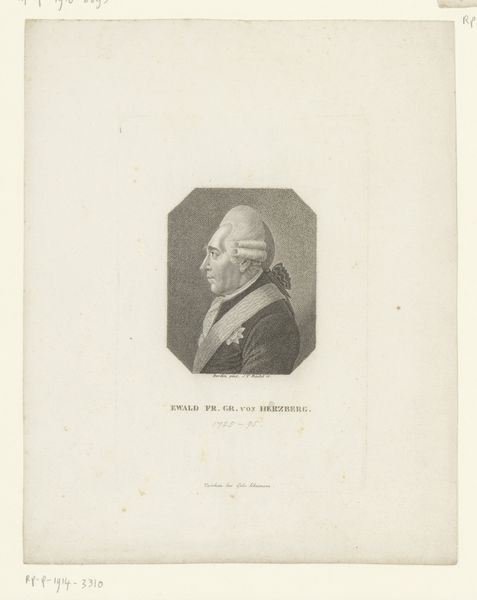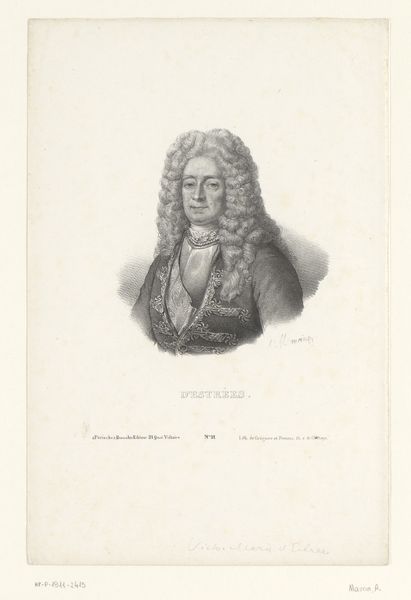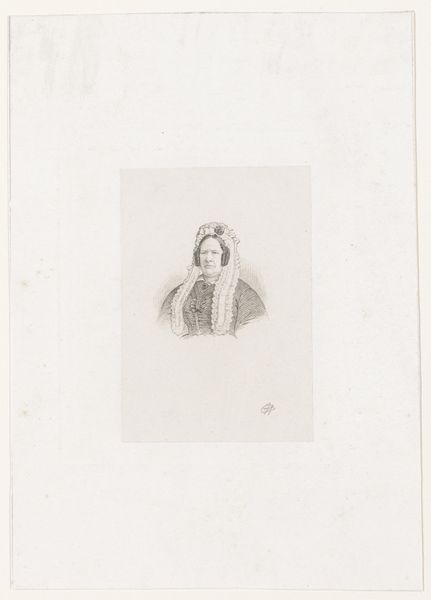
print, engraving
#
portrait
# print
#
academic-art
#
engraving
#
realism
Dimensions: height 273 mm, width 183 mm
Copyright: Rijks Museum: Open Domain
Antoine Maurin created this portrait of Jacques-François de Chambray using lithography, a printmaking process that democratized image production in the 19th century. Lithography relies on the chemical repulsion of oil and water. The artist draws on a stone or metal plate with a greasy crayon, then applies water. Ink adheres only to the drawn areas, which are then transferred to paper. The soft, velvety textures and subtle gradations of tone achievable through lithography are evident here. Notice the fine lines delineating de Chambray's wig and the shading that gives volume to his armor. This process allowed for relatively quick and inexpensive reproduction, making portraits like this accessible to a wider audience beyond the wealthy elite who commissioned painted portraits. This print reflects the rise of a market economy and a growing middle class, where images became commodities, and artists like Maurin found new opportunities to circulate their work. By embracing this process, Maurin blurred the lines between fine art and commercial production, reflecting the changing landscape of artistic practice in the industrial age.
Comments
No comments
Be the first to comment and join the conversation on the ultimate creative platform.

